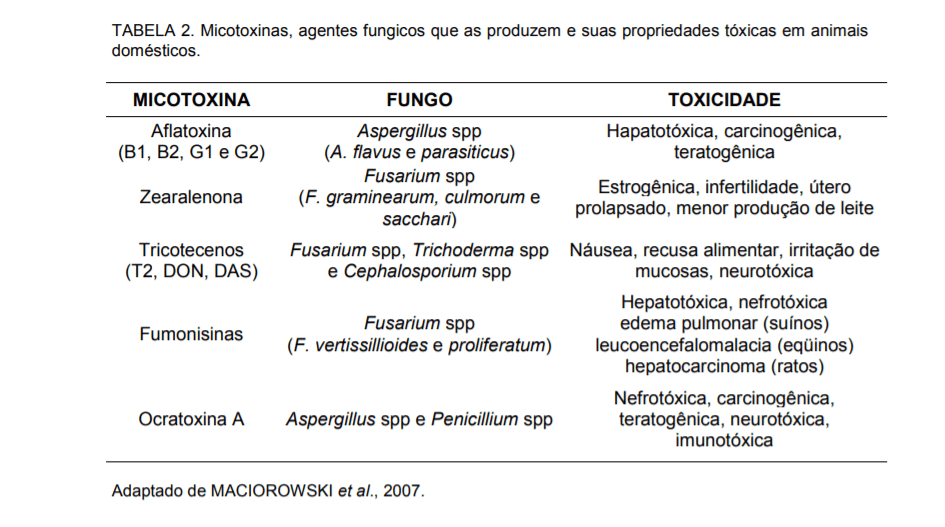Feed Production Scenario
Brazilian agricultural production, influenced by high commodity prices and several other factors such as the appreciation of the dollar and the heating of foreign demand, has all been breaking records in terms of production and profitability.
Despite the excellent results, the last harvest promoted contrasting scenarios in the agricultural sector, as rural producers who sell their products to the local market faced major challenges related to the high values of corn, soybean meal, and imported additives.
According to the National Union of Animal Feed Industry (Sindirações), in the last twelve months, the price of soy meal has increased by around 40%. Corn, which last year cost BRL 1761.00/ton and BRL 50.00/bag of 60 kg, in June 2021 started to cost BRL 2422.00/ton and BRL 97.00/bag of 60kg. This adjustment in input prices resulted in an increase of almost 75% in the cost of feed for chickens and swine.
Despite the increase in production costs, Sindirações pointed to an increase of 5.2% in feed production in the first half of 2021, compared to 2020, with a strong presence of swine and poultry farming (Table 1).
Ingredient quality
The animal nutrition industry, seeking to reduce the final cost that leads to greater competitiveness in the sector, seeks to associate two factors in the choice of ingredients: lower price and quality.
The inputs used must present characteristics that guarantee the quality of the final product, and in the case of animal nutrition, balanced rations that make possible a greater zootechnical performance of birds, pigs, and other species.
It is worth remembering that, although the article in question focuses only on ingredients, the final quality of the product depends on several factors, such as health, labor, Good Manufacturing Practices – GMP’s, manufacturing structure, among others.
Following, The choice of reputable suppliers, who have in their production structures a well-established quality control, is of paramount importance to ensure a final product with the desired characteristics. The ingredients purchased must have a chemical analysis form, which contains their chemical composition, their food and caloric value, their physical, chemical, toxicological, and also adulterants, contaminants, in addition to the guarantees of the same.
Interestingly, the buyer has its structure to carry out analysis as a counterproof once the products arrive at its unit because if the values obtained are outside the defined and expected margin, it is recommended that the ingredients not be unloaded, a procedure that can prevent possible contamination.
Storage, fungi, and mycotoxins
Properly performed storage is essential to minimize losses from biological and chemical causes, ensuring the preservation of the quality of ingredients.
Some of the principles to be followed for the good storage of raw materials are mentioned below:
- Beware of humidity and temperature in silos and sheds;
- Use of pallets to avoid direct contact with the ground;
- Do not mix ingredients;
- The first bags or bulk ingredients should be the first ones out, thus preventing them from getting old;
- Cleaning and aeration.
- Stricter care with animal and hygroscopic products.
Read too: Grãos Certificados – Sustentabilidade e segurança
Storage care is also essential to prevent the proliferation of fungi and the subsequent production of mycotoxins.
The term mycotoxin is used to define a group of secondary metabolites produced by fungi that grow in food and agricultural products. These compounds induce a series of toxic reactions in the body, harming the performance of animals, either directly, affecting organs involved in the process of digestion and absorption of nutrients, or indirectly, acting on the immune system, making the animals less resistant to infections.
The table below lists some of the main mycotoxins, their producing fungus, and their toxicity.
Technical results
Research carried out by Miglino (2012) showed that the supply of feed containing traces of mycotoxins promoted a reduction in weight gain in chickens; severe renal hypertrophy, with pale color and presence of urates; yellowish color and rounded edges in the liver, as well as a full gallbladder. In addition, the chickens had problems with the immune system, with a decrease in B lymphocytes and macrophages.
Based on a meta-analysis, Boemo et al. (2015) demonstrated that diets with levels of 1, 2.5, and 3 ppm of aflatoxins reduce the productive performance of birds, as the poisoned chickens had lower feed intake and, consequently, lower body weight. The relationship between organ weight and body weight was also altered, with the spleen, heart, and liver showing greater weight when birds were poisoned by aflatoxins.
Access our LinkedIn: OPTA Alimentos
References
BOEMO, L.S. et al., Estudo meta-analítico de diferentes níveis de aflatoxinas no desempenho de frangos de corte de 1 a 21 dias alojados em baterias. Acta Scientiae Veterinariae. 43: 1317. Disponível em: <http://www.ufrgs.br/actavet/43/PUB%201317.pdf>
MIGLINO, L.B. EFEITO DE MILHO NATURALMENTE CONTAMINADO COM MICOTOXINAS SOBRE IMUNIDADE E DESEMPENHO EM FRANGOS DE CORTE. Dissertação de Mestrado, Universidade Federal do Paraná. Curitiba, 2012. Disponível em: <https://www.acervodigital.ufpr.br/handle/1884/27772>.



